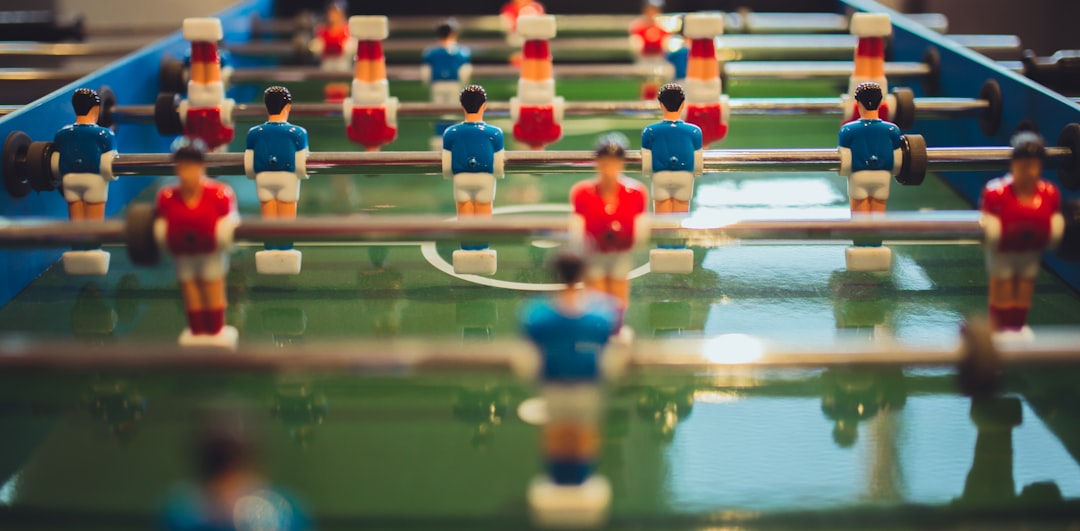Playing soccer requires excellent coordination, depth perception, and spatial awareness. However, what happens when a player has a patched eye? Can they still compete effectively on the field? While losing vision in one eye can pose challenges, it does not necessarily mean an end to playing soccer.
Challenges of Playing Soccer with a Patched Eye
A patched eye significantly affects depth perception and peripheral vision. Soccer players rely on both of these to judge distances, track the ball, and anticipate opponents’ movements. Here are some of the main difficulties:
- Reduced depth perception: Depth perception is mainly achieved by using both eyes. With one eye covered, a player may struggle to accurately judge the distance of the ball or an approaching opponent.
- Limited peripheral vision: Soccer players need to be aware of their surroundings at all times. Covering one eye minimizes the ability to see what is happening on the affected side, increasing the risk of collisions and missed opportunities.
- Increased reaction time: The brain requires time to adjust to a reduced field of vision. Players might react slower to sudden passes, movements, or shots from their blind side.

Adaptation and Compensation Techniques
Players can develop compensatory techniques to overcome the loss of vision in one eye. Some of these strategies include:
- Increased head movement: Moving the head more frequently can help make up for lost peripheral vision, allowing better awareness of the field.
- Improved ball control: Relying more on touch rather than sight can help a player maintain close ball control without needing to track it visually at all times.
- Positioning adjustments: Playing in a role that relies more on straight-line movement (such as striker or defensive midfielder) can reduce the disadvantage of missing peripheral vision.
Although playing soccer with a patched eye may require significant adaptation, it is not impossible. Many athletes have learned to succeed despite vision impairments.
Real-Life Examples of One-Eyed Athletes
There have been instances where athletes have competed at high levels despite vision impairments. Some examples include:
- Bert Trautmann: The famous Manchester City goalkeeper played part of the 1956 FA Cup Final with a broken neck. He also had limited vision in one eye due to an injury earlier in his career.
- Derek Jeter: While not a soccer player, the baseball legend achieved success despite suffering from a vision condition that occasionally blurred his vision.

Safety Considerations and Precautions
When playing soccer with a patched eye, safety should be a priority. Here are some precautions to consider:
- Wear protective gear: If the eye condition allows, wearing protective eyewear can prevent further injury.
- Select suitable environments: Playing in controlled environments with an understanding team can help reduce risks.
- Inform teammates and referees: Letting others know about the impairment can help them adjust their play and avoid unnecessary risks.
Overall, while playing soccer with a patched eye presents challenges, it is not impossible with the right adjustments and mindset.
FAQ
Can you play professional soccer with a patched eye?
While playing at a professional level with a patched eye is extremely difficult, some athletes have managed to compete despite vision impairments. However, it requires significant adaptation and skill.
How does losing vision in one eye affect gameplay?
It primarily affects depth perception, peripheral vision, and reaction times, making it harder to judge distances and track fast-moving objects.
What are the best positions for a player with one functional eye?
Positions that require less reliance on peripheral vision, such as central defender, striker, or goalkeeper, may be easier to adapt to compared to positions that demand extensive scanning of the field, such as wingers or central playmakers.
Can a player with one eye fully recover their gameplay skills?
With practice and adaptation, a player can improve their performance. Many athletes develop alternative strategies to compensate for their vision loss.
Is it safe to play soccer with only one functioning eye?
It can be safe with the right precautions, such as protective eyewear and increased awareness on the field. However, consulting a medical professional is recommended before engaging in competitive play.
